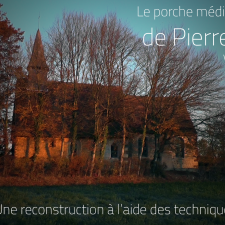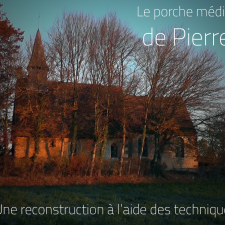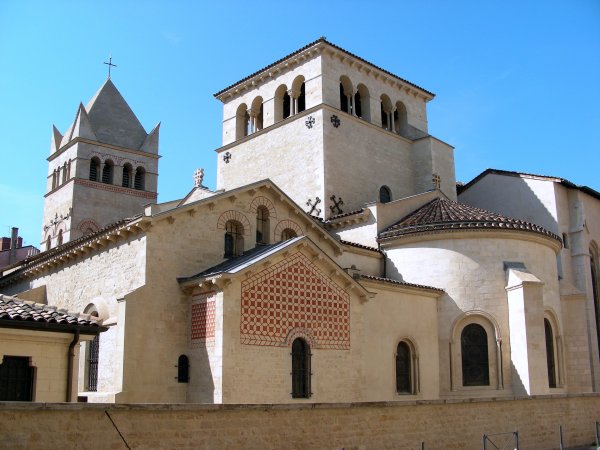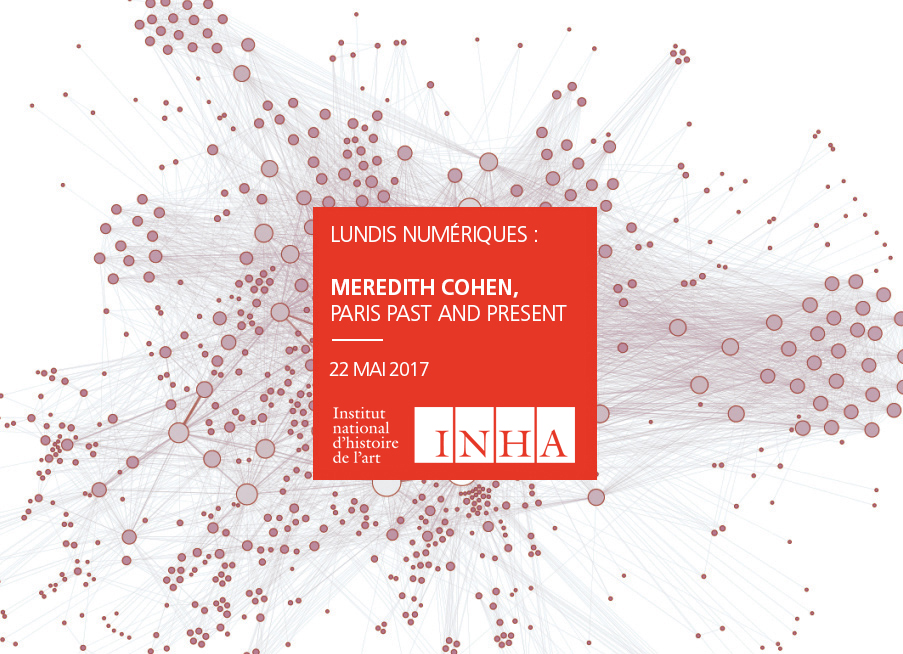Notice
Uses and re-uses of the antique collective graves of Hierapolis (Phrygia)
- document 1 document 2 document 3
- niveau 1 niveau 2 niveau 3
Descriptif
Séminaire "Archéologies anatoliennes"
Cycle "Nécropoles d'Anatolie"
Caroline Laforest (Univ. Bordeaux 3)
Mercredi 30 novembre 2011 à 18h00 à l'IFEA
"Uses and re-uses of the antique collective graves of Hierapolis (Phrygia)"
Situated near the current Denizli, the city of Hierapolis was established in the IIIrd century BC, then was particularly developed during roman and byzantine periods. Since the first campaign of excavation in 1957, the importance of the antique necropolis in the North of the city has been recognized, this has led to develop certain number of studies relative to the architecture of graves and to the epigraphy. Nevertheless, few things are really known on the functioning of sepultures and several questions concerning the funeral gestures and practices remain unanswered: what modes of inhumation were privileged? Were there post-mortem re-interventions? What can we say about the biological identity of the buried individus? To answer these problematics, an archeo-anthropological investigation is currently in progress in the subterranean chamber of a collective tomb from imperial time. This chamber, interpreted as a familial sepulture, was found intact, and will allow to increase our knowledge on the funeral antique practices. In parallel, a second grave also dated from imperial period is studying; situated in the East necropolis, its nearness with the place where Saint Philippe has been tortured, entailed its reopening and the deposit of pilgrims' body during byzantine time. Its complex functioning allows to understand the evolution of this major sector in the history of Hierapolis.
Dans la même collection
-
Fouilles de sauvetage de la nécropole est de la ville antique d'Eudokias
Séminaire "Archéologies anatoliennes" Cycle "Nécropoles d'Anatolie" Hülya Yalcinsoy (Musée d'Antalya) Mercredi 14 mars 2012 à 18h00 à l'IFEA "Fouilles de sauvetage de la nécropole est de la
Sur le même thème
-
Dater les peintures murales médiévales Approches interdisciplinaires - Session 4
BeckLucileSchmittAnneHerreyreNicolasSarradeCarolinaBoisseauClaireMarzaisAmaëlleTroisième session de la journée d'études organisée par Claire Boisseau (CNRS, Centre André-Chastel, UMR 8150) et Amaëlle Marzais (MCF Université Lumière Lyon 2, ArAr, UMR 5138) au Centre André-Chastel
-
Dater les peintures murales médiévales Approches interdisciplinaires - Session 1
VictoirGéraldineReidiboymBenjaminBoisseauClaireMarzaisAmaëllePremière session de la journée d'études organisée par Claire Boisseau (CNRS, Centre André-Chastel, UMR 8150) et Amaëlle Marzais (MCF Université Lumière Lyon 2, ArAr, UMR 5138) au Centre André-Chastel.
-
Dater les peintures murales médiévales Approches interdisciplinaires - Session 2
BoisseauClaireChevalier-ShmauhanetsAnastasiyaMarzaisAmaëlleAnghebenMarcelloDeuxième session de la journée d'études organisée par Claire Boisseau (CNRS, Centre André-Chastel, UMR 8150) et Amaëlle Marzais (MCF Université Lumière Lyon 2, ArAr, UMR 5138) au Centre André-Chastel.
-
Dater les peintures murales médiévales Approches interdisciplinaires - Session 3
DavyChristianOberlinChristineWojcieszakMarineFontaineLaurentSchmittAnneBoisseauClaireTroisième session de la journée d'études organisée par Claire Boisseau (CNRS, Centre André-Chastel, UMR 8150) et Amaëlle Marzais (MCF Université Lumière Lyon 2, ArAr, UMR 5138) au Centre André-Chastel
-
Le porche médiéval de l'église de Pierre-Ronde-Une reconstruction à l'aide des techniques ancestral…
ÉpaudFrédéricVersion courte du film : "Le porche médiéval de l'église de Pierre-Ronde-Une reconstruction à l'aide des techniques ancestrales". Dans ce film, l'archéologue Frédéric EPAUD présente les techniques de
-
Le porche médiéval de l'église de Pierre-Ronde-Une reconstruction à l'aide des techniques ancestral…
ÉpaudFrédéricDans ce film, l'archéologue Frédéric EPAUD présente les techniques de charpenterie traditionnelle et les étapes du chantier de reconstruction d'un porche d'église médiéval (automne-hiver 2021-2022.
-
L'habitation médiévale à Rouen du XIIe au XVe
PitteDominiqueCailleuxPhilippeEntamées dans les années 80, les recherches historiques et archéologiques menées sur l’habitation médiévale rouennaise ont révélé l’existence de nombreuses maisons en pierre qui ont fortement
-
Saint-Martin d'Ainay, une basilique romane à travers les âges
ReynaudJean-FrançoisIntervenant : Jean-François Reynaud, professeur honoraire d’histoire de l’art et d’archéologie médiévale à l’université Lumière Lyon-II et ancien directeur de l’unité de recherche archéologique n° 26
-
Le chantier des stalles de la cathédrale de Rouen (1457-1471)
LardinPhilippeAu milieu du XVe siècle, les chanoines de Rouen décidèrent de remplacer les stalles très détériorées dont ils se servaient jusqu’à présent. Cela donna naissance à un chantier assez extraordinaire qui
-
Vivre au château en l'an mil
BourgeoisLucLa fin du Xe siècle voit naître de nouvelles formes de résidences des élites qui sont à la source des châteaux médiévaux. À partir de l’exemple du castrum des comtes d’Angoulême à Andone (Charente
-
#LundisNum 22/05/17 - Meredith Cohen, Paris Past and Present
Paris Past and Present : problèmes et solutions dans la reconstruction en 3D des monuments perdus du Paris médiéval. À travers l’exemple de la chapelle de la Vierge de l’abbaye de Saint-Germain
-
Les Remplois en architecture Entre Antiquité et Moyen Age Colloque de l'Ecole française de Rome
LES RÉEMPLOIS EN ARCHITECTURE, ENTRE ANTIQUITÉ ET MOYEN ÂGE VENDREDI 23 SEPTEMBRE COMITATO SCIENTIFICO Philippe Bernardi - CNRS (LAMOP, UMR 8589, CNRS, Université Paris 1) Hélène Dessales - ENS, AOROC














